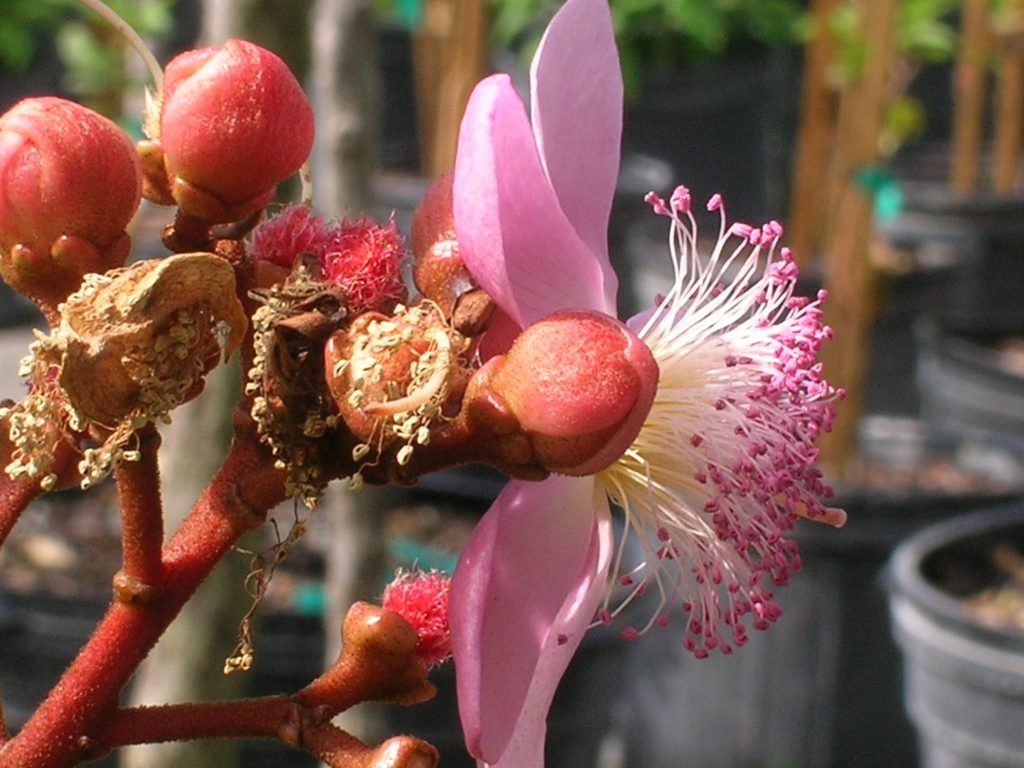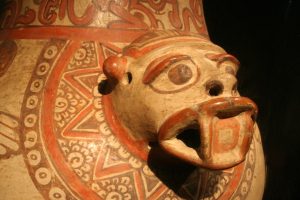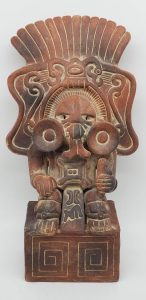We promised to share new blogs on many of the beautiful plants that will create an incredible show of color during the winter holidays. Plants in this series are suitable for zone 10a to 11 b.
Please note we recommend you plant any of the featured plants in the series when our rainy season begins in late May and follow the Florida-Friendly Landscaping 9 principles.
Let’s get started with Bixa orellana, a small tree or large shrub, native to Central and South America and parts of the Caribbean. It will grow in South Florida in our newly designated plant zone 10b/11a. We have this plant in our landscape at the UF/IFAS/Extension office in Miami Dade County. We have watched it grow into a small, beautiful tree almost hidden in our landscape, you come upon it as a surprise especially if it has red seedpods which it does every year during the winter holiday. Or pink blooms! Note, we have included several links for more information in resources noted below.
Bixa orellana commonly known as the lipstick tree is featured on the tram tour at Fairchild Gardens. More than a natural food colorant, the red seeds are also used as seasoning and have religious and medicinal uses. Urban Hort Teammates Jesus and Veronica also know this plant as achiote. Recipes are noted in the links for resources below.

And to make this connection completely serendipitous I watched an episode of ‘Secrets of the Dead: Hidden Amazon’ on PBS over the holidays. Explorer Francisco de Orellana traveled the entire Amazon River noting many tribes of people. This plant is named after him.
A few exerts from ‘Hidden Amazon’ are noted below, I find them fascinating and perhaps something to discuss with friends visiting your garden retreat.
It is now believed that between 8 to 10 million people once lived along the Amazon River. Sadly, only a few tribes/villages remain. It is thought that exposure to new pathogens carried by the explorers were a significant cause of decline for people of this region. Jungle like growth has also obscured evidence of villages and their locations have been lost for centuries.
New technology in using Lidar has enabled scientist to locate and map village locations. Subsequent excavations have unearthed pottery pieces, shards among other items and footprints of structures which show a large expanse of villages, roadways and temples.
Pottery from this region includes a symbolic language of shapes, animals and images painted in red and black. The red paint is derived from Bixa orellana. This form of pottery is still made by a few local artisans.
Happy gardening to all.
A Wandering Botanist: Dye Plant–Annatto, Bixa orellana, the Lipstick Tree (khkeeler.blogspot.com)
Achiote (Annatto) Paste Recipe (thespruceeats.com)
Bixa orellana – Plant Finder (missouribotanicalgarden.org)
Lipstick Tree (Bixa orellana) – Richard Lyons Nursery, Inc.
Source: UF/IFAS Pest Alert
Note: All images and contents are the property of UF/IFAS.






